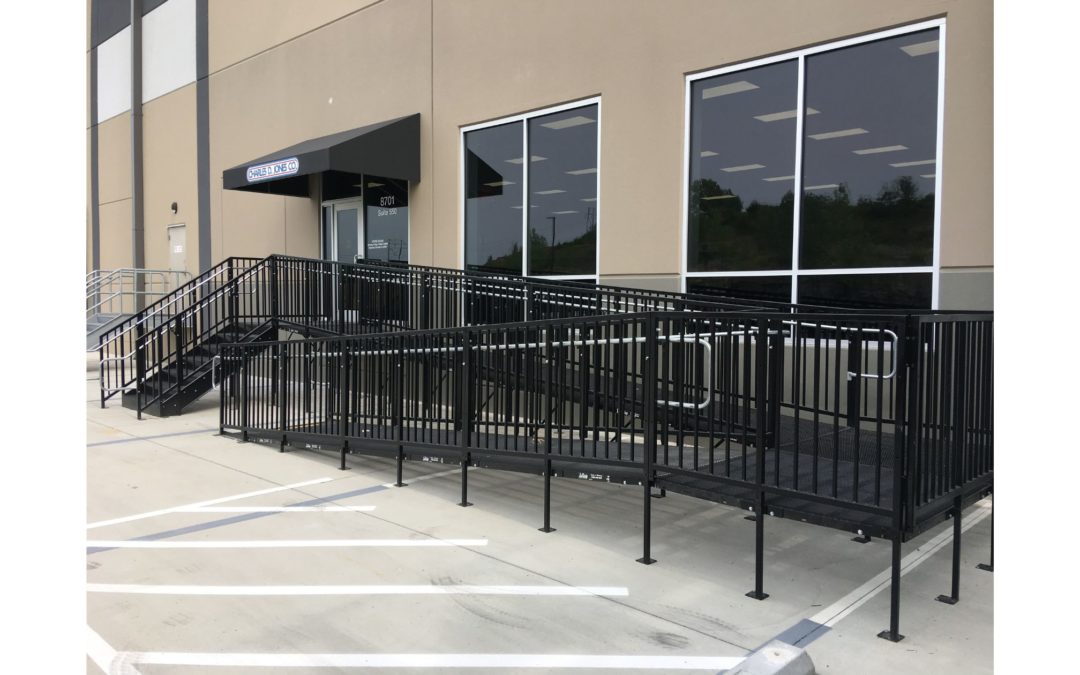As consumer shopping habits keep shifting online, the industrial real estate sector has struggled to keep pace. The warehouse challenge becomes even more complex in primary markets, where e-commerce and omnichannel retailers need access to space that allows them to provide same-day, one-day, and two-day deliveries to large swathes of customers. Unfortunately, there simply isn’t enough available land to build new warehouses in these urban markets.
With these problems in mind, industrial real estate firms, architects, and developers have had to think more creatively about providing warehouse space in tight markets.
Since outward expansion isn’t feasible in urban environments, developers have begun looking to the sky instead. Of course, cities have long used vertical space for offices, retail stores, and multifamily dwellings, but the idea of the multi-story warehouse took time to catch on. Simply put, the amount of inventory stored in warehouses weighs much more than what one might find in a typical office or apartment building, and the extra cost and effort of reinforcing buildings to support that weight didn’t seem worth it. Additionally, the increased traffic caused by a warehouse invites pushback from other commercial and residential tenants in the area.
With warehouse vacancy consistently below 4% and rents at record highs across the United States, pursuing development on a multi-story warehouse facility becomes easier to justify. Here are some factors that will influence a rise in the popularity of multi-story warehouses:
- More bang for your buck. Multi-story facilities may cost more to build in general, but some of that cost gets offset in urban environments since the actual plot of land purchased is smaller. As industrial-zoned land prices continue to rise, building higher makes better financial sense. Urban warehouses may also provide additional revenue streams, such as advertising space on the building.
- Rising e-commerce demand. Many online sellers have turned to micro-fulfillment centers to store and move high-volume quickly in urban markets. For the same reason, many retailers can benefit from multi-story warehouses that can store a larger volume of inventory in a centralized location within the city.
- Consumer demand for sustainability. Using vertical space for storage helps to eliminate the number of individual parcels shipped into the city from outside locations. Reducing unnecessary traffic will help to reduce a fulfillment operation’s carbon footprint.
- Urban land shortages. Acquiring enough land to build a 500,000-square-foot (or bigger) fulfillment center in a major metropolitan area can prove nearly impossible. The unavailability of large plots of land means that vertical warehouses will eventually become one of the few options available for retailers trying to keep inventory within the city limits.
Building a multi-story warehouse may pose some challenges compared to a standard warehouse, such as regulatory hurdles, zoning issues, and higher construction costs. However, multi-level warehouses are already fairly common in heavily populated areas outside of the United States, such as China and other parts of Asia. So, it is only a matter of time before the trend catches on in the U.S. as well. As architects and builders continue to build innovative new multi-story warehouses, the structures will undoubtedly become normalized in urban landscapes within the next decade.

